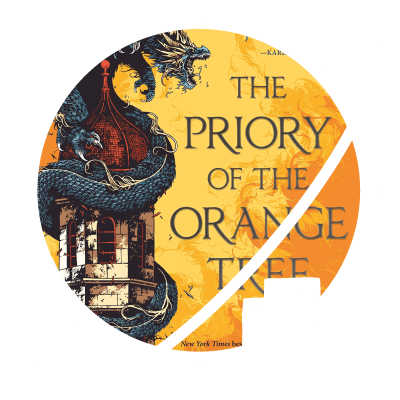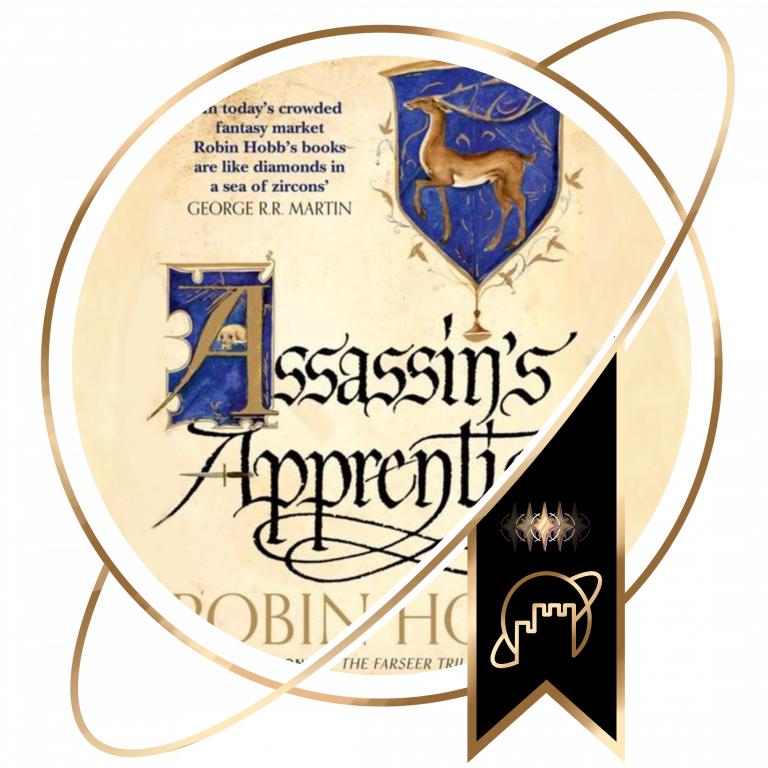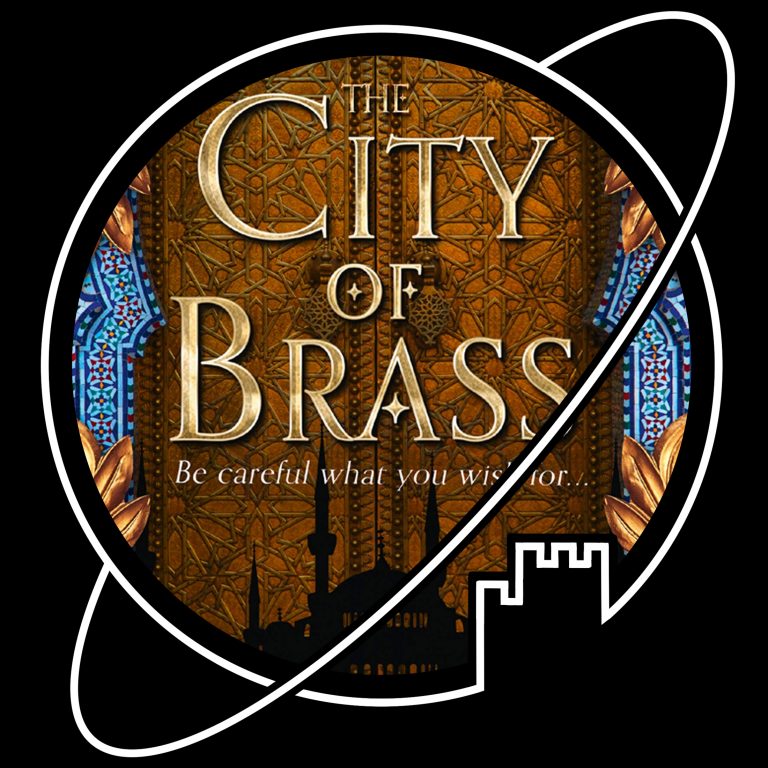- Book written by Samantha Shannon
- Published 26 February 2019
- Standalone, though a prequel has been published

Good gods, will you look at that cover! It is amazing!

I’d seen this book around for a long time, and have been looking forward to reading it because the cover is SO pretty. It’s also about five million pages long.
I have to be honest, I wasn’t immediately sold on The Priory of the Orange Tree. At the beginning, I really worried it would fall into the same trap that A Song of Ice and Fire fell into: too many characters in too many different places of the world. I don’t like spending a chapter with one character and then having to wait 100 pages before we get back to them again. Fortunately, The Priory of the Orange Tree doesn’t have quite as many characters as A Game of Thrones, and more importantly, Samantha Shannon set out to finish the story in one book. Yeah. Take that in. This book actually ends. There is potential for more stories in the world Shannon has built, but it’s quite unusual nowadays to see a fantasy book of this scope that is a standalone novel.
As I mentioned, it did take me a while to fully get into the story. Until page 300 or so, I didn’t much care for any of the characters, and the plot didn’t seem to… really exist? So if you pick this one up, be sure to give it some time! At the end, I promise it will have been worth it!

The Priory of the Orange Tree might be one of the most difficult reviews I’ve written since we started this website. The reason is that my opinions of this book are all over the place, and that is probably because the quality of the book was all over the place.
Some chapters and storylines are really well written, while I found others clunky and underdeveloped (looking at you, Loth). Some of the world building was really cool, while some of it came up a paragraph before it became relevant. Some chapters are emotionally really satisfying, while others feel tonally jarring. At times I was feeling like I was reading top of the line Fantasy, at times I felt like I was reading an under-edited draft. It is really difficult to give a general critique because the quality was so inconsistent.
Let me start with some elements of The Priory of the Orange Tree that I really liked. I love that the book takes both Western and Eastern mythology as inspiration. I love that Shannon contrasts Eastern and Western dragons in her story, tying into the medieval perceptions of those creatures in both cultures. I really love the sort-of-but-not-quite-alternate history vibe that the book has going on. I love that some of the book’s nations are clearly identifiable as inspired by places such as Britain, the Dutch Republic, Japan, and China. I think the book has some awesome characters – in particular Ead and Sabran are well fleshed out and great to read about. I really admire Shannon for trying to tell the story in a single book rather than spreading it over a trilogy. The cover is probably the best Fantasy cover in my bookcase, period.
There are also things I liked less. I think that Shannon probably tried to cram just a bit too much into a single book – it is really long at 800 pages and the pacing doesn’t quite pull you through. Another result of this being a single book is that certain elements of worldbuilding feel underdeveloped: I would have loved more depth on the different nations, both in the East and West. Even Inys and Seiiki, which get most of the attention, could have been fleshed out more. Sometimes, solutions to problems just appear with no explanation or foreshadowing, and make you wonder why you hadn’t heard of them before. Sometimes, problems appear for no apparent reason (I still don’t understand the riddles in this book – I like riddles, but it makes no sense for the people who came up with those riddles to do so). There is some politics in this book, but the court intrigue doesn’t get the pages it needs to really work.
And then there is the names – oof. In particular, the Dutch-themed Mentendon has a bunch of pseudo-Dutch names that caused me much gnashing of teeth. Some, like ‘Truyde’, are real Dutch names. That’s fine. But some of the shit Shannon thought of herself… the city of ‘Zeedeur’ had me choking with laughter. That’s a literal translation of ‘Sea door’ and sounds utterly dumb in Dutch. In archaic Dutch, you can change the sound of some vowels by adding a ‘y’, representing ‘ij’. It works for ‘uy’ or ‘ey’. Shannon does it with ‘ay’, which… doesn’t work. It’d have to be ‘aey’. So… she doesn’t really know. And it is painfully obvious. I don’t know why, but this bothered me. A lot. Do with it what you will.
Overall, I think The Priory of the Orange Tree is really a book for the less critical reader. There is a lot to love, and if you’re not too bothered by my gripes then I am sure you’ll enjoy reading it. Perhaps Fantasy veterans will be disappointed by the worldbuilding. Perhaps narrative experts will feel like it lacks foreshadowing. But dragon lovers are sure to get their fill, and the imaginative world did make me want to return to it. I enjoyed The Priory of the Orange Tree, but for some reason I had expected it to be an instant classic – it wasn’t so I felt a little let down. But if you go in with tempered expectations, The Priory is well worth your time.








